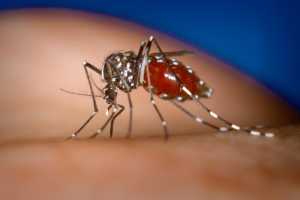Author Interviews, HIV, Microbiome, PLoS, Sexual Health / 16.04.2019
MSM: Microbes Associated with Sexual Behavior Can Alter Immune System to Increase HIV Risk
MedicalResearch.com Interview with:
Brent E. Palmer, PhD
Associate Professor of Medicine
Director, ClinImmune and ACI/ID Flow Cytometry Facility
Division of Allergy and Clinical Immunology
University of Colorado Anschutz Medical College
Aurora, Colorado 80045
MedicalResearch.com: What is the background for this study? What are the main findings?
Response: Previous studies showed that in western populations, men who have sex with men (MSM) have a distinct gut microbiome composition when compared with men who have sex with women (MSW).
We wanted to understand how these microbiome differences in MSM could impact their immune system. To test this, we transferred feces from healthy MSW and MSM to gnotobiotic (germ-free) mice and examined the immune system in the mice post-transplant. In mice that received transfers from MSM, there were higher frequencies of activated T cells in gut tissues, which are the primary targets of HIV.
This result suggested that gut microbes associated with MSM sexual behavior may actually contribute to HIV transmission by driving activation of HIV target cells. In fact, when we stimulated human gut derived cells with gut microbes isolated from MSM and MSW, cells that were stimulated with microbes from MSM were infected at a higher rate.
(more…)






























